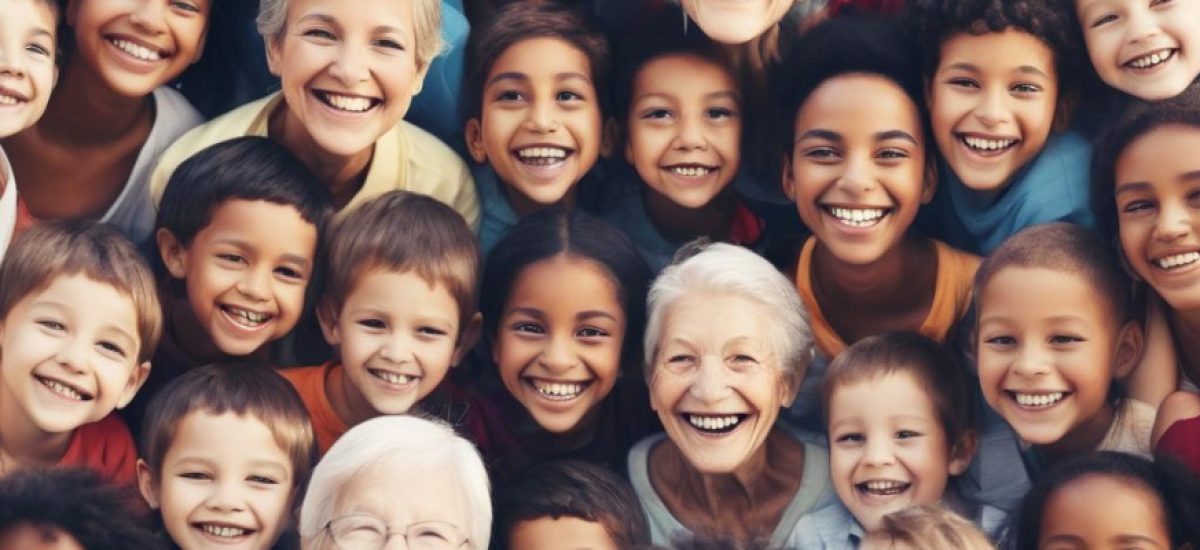Social Factors and Whiplash Injury and Health Outcomes
Well, well, well – I’m feeling all 1980 – a decade I absolutely loved…why – well, Another One Bites the Dust as the classics, or Queen says. Our clinic has been studious over the last 12 months in collecting data on patients to inform our treatment decisions. One of the questions that has always intrigued us relates to the social context of pain, and whether the social situations surrounding a person’s lived experience with pain influence their outcomes. So, rather than speculate we collected the data – yep, the nerds we are. And we just received notification that our manuscript was to be published. And when I say ‘our’, I refer to our wonderful lead author, Lisa Jasper from University of Alberta who spearheaded this article in association with initial student involvement to get this off the ground. Thanks Lisa.
What are the Social Features We are Referring to?
Good question – there are many we looked at within the 281 participants (average age was approximately 41 years with two-thirds being female) in the study. Firstly, we looked at non-modifiable contexts – age, sex and ethnicity. Then we moved our attention to level of education, work status, marriage status and caring for dependents. We also investigated whether regular participation in physical activities and hobbies influenced outcomes. Smoking, alcohol intake and non-prescribed or illegal drug consumption were also measured.
What Did We Find?
Individually, if people had lower levels of education, consumed non-prescribed controlled or illegal drugs and did not consume alcohol then higher levels of disability were evident. If participants were less than 40, not in a committed co-habited relationship, and not caring for dependents, then lower levels of mental health quality of life were evident. When looking at all these features collectively with the use of some fancy stats, two distinct groups emerged, with one group defined by marriage, care of dependents (children or adults), working status, and age greater than 40 years old. This group was associated with improved mental health outcomes, when compared to the other group who were more likely to be younger, unmarried, not caring for dependents and having lower rates of employment. Given the relationship between these factors and improved mental health, it suggests that increased social cohesion and support may be protective of poorer health outcomes in WAD. This is consistent with other research in people with chronic musculoskeletal pain.
What Didn’t We Find?
We were somewhat surprised that none of these features were associated with pain or pain interference, indicating that sociodemographic and lifestyle features are maybe not as important as other factors to explain a person’s pain. Thus, it appears that other features in people with chronic whiplash injuries such as tissue pathology, psychological manifestations and even sleep appear to be more associated with pain than the social factors that we investigated.
However, we must be clear, that the social context a person lives within likely interacts with other clinical features in people with chronic whiplash to affect a person’s health outcomes – maybe just not pain.
Ref: Jasper L & Smith A. Social determinants of health in adults with whiplash associated disorders. Scan J Pain. 2024; 24: 20230118. https://doi.org/10.1515/sjpain-2023-0118





